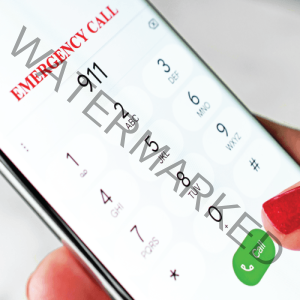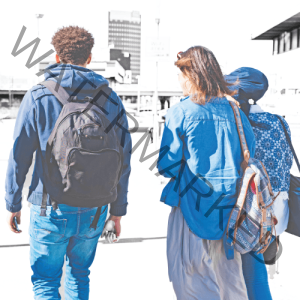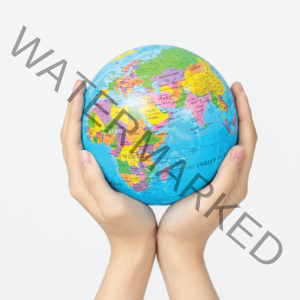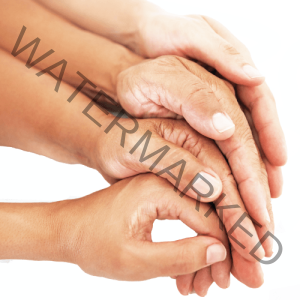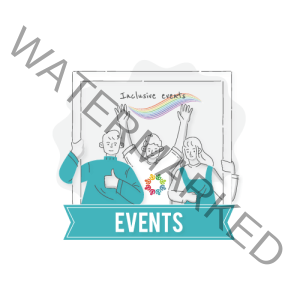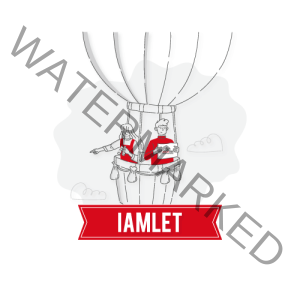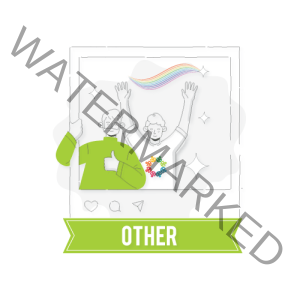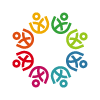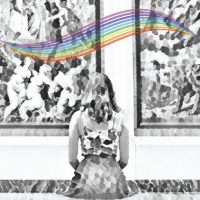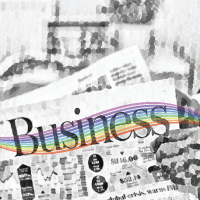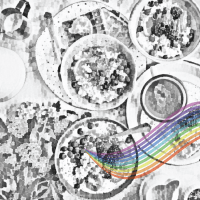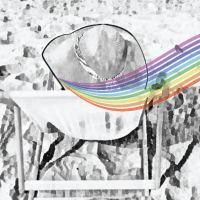Bisexuals around the world are often misunderstood and misrepresented. A community that can often seem confusing to the outside world due to the many antiquated attitudes, views, and stereotypes used to portray the group. One such example relates to acceptance. Over the years, many gay men and women would come out as bisexual instead of gay. Maybe seen as some form of safety blanket, using a label that they perceive as being more socially acceptable or palatable by their families. Then, you had all those straight couples treating bisexuals only as sexual fantasies, bringing in a third person to spice up a relationship. However, with an estimated 1.34% or 122.2 million of the world’s population believed to identify as bisexual and 51% of the LGBTQIA+ community, they are much more than these antiquated stereotypes. The reality is that the number of bisexuals is large and growing with each new generation.
Within the LGBTQIA+ community, bisexuality is often seen as more socially acceptable, whereby a person can be either straight or gay. Typically, the perception and person’s acceptance amongst society is usually dependant on who they are attracted to and any relationships they might form now or in the future. A gay person who would come out as bisexual would soften the blow, offering their families hope. The hope is that they might one day fall in love with someone from the opposite sex, get married, and start a family. The world has evolved and moved on. Many gay couples can now marry in many western countries and form or start their own families. However, some of these old stereotypes and feelings still exist.
The term bisexuality is also often wrongly used as more a journey of self-discovery. Typically, a young person who is experimenting sexually and wants to experience a same-sex encounter or relationship. Though many will usually have more straight encounters or dabble whilst in college, typically, they are not bisexual, just bi-curious.
All those encounters, stereotypes, and mindsets have often muddied the waters, confusing the outside world to what bisexuality is and the fact that real people live ordinary lives identifying as bisexual. With diversity even amongst the bisexual community, what does it mean to be bisexual, and why is pansexuality similar yet different?
The term bisexual describes a person attracted to members from both the opposite and same gender or sex as their own. For example, a bisexual individual will typically be equally attracted to both men and women. However, some bisexual people may be attracted to those more on the gender scale, meaning those more fluid regarding gender. Technically those attracted to individuals who are not cisgender would be more omnisexual or polysexual rather than bisexual.
Though some bisexual individuals may have a particular preference, their level of attraction to women and men will usually be the same. Typically, many of the choices made by bisexuals will often be driven by the desire to fit in more or other non-sexual preferences. Bisexuality is often portrayed in the medial more as a sexual fantasy, in threesomes and group situations. The reality is that most bisexuals do not identify in this way and are typically happy within monogamous relationships. Many people from the community have sex with and create relationships with one person at any given time. A reality that breaks from the concept that bisexuals will often have sex with two or more partners. Compared to their straight peers, the only difference is that a bisexual person will develop connections with people from the same or opposite sex.
Bi-curiosity is common amongst the youth. People explore their sexuality by discovering if they are physically attracted to members of the same sex in the same way they feel towards the opposite sex. However, bi-curiosity or curiosity in any form is a process of discovering oneself. The reality is that most bisexuals know that they are attracted to both men and women from a young age. Like gay men and women, bisexual individuals will usually become aware of any attraction during puberty. As it is with gay individuals, being bisexual is not a choice; instead, a chemical and physical reaction that they cannot change, only suppress.
Many pansexual individuals and those on the bisexuality scale often find it easier to say they are bisexual than explain their identity in more detail. Though many sexualities on the bisexuality scale are similar, they are also very different and unique.
Pansexuality is a label or term used to describe an individual who creates a sexual, romantic, or emotional connection with a person, regardless of the person’s gender or sex. For example, where a bisexual individual will find many people from different genders attractive, a pansexual will often find a particular person or persons attractive. The attraction towards a person will be irrespective of that person’s gender or sex. The seeing passed of a person’s gender has coined the phrase, gender-blind, amongst the pansexual community.
Pansexual people may form monogamous, long-term relationships with members of either the opposite or same-sex. However, even if a pansexual individual is in a relationship with someone of the opposite sex, it does not mean that they are straight. Instead, they are pansexual because they will likely find people of the same sex attractive or may even form same-sex relationships in the future.
Pansexuals see past a person’s gender and are attracted to the person. That attraction often leads to long-term relationships and commitments. So, to summarise, bisexuals find people of the same and opposite gender or sex equally attractive. In contrast, pansexual people find an individual attractive, regardless of their gender, whatever it might be.
Thankfully we are living in an increasingly more open and accepting world and society. Gender identities and sexuality has become better understood, and LGBTQIA+ identities are now more open and freely discussed. People who were previously forced to or afraid to live as themselves now have much more freedom. Though some countries are still hostile towards the LGBTQIA+ community, the number is slowly decreasing.
More openness and freedom to be yourself have meant that many can live as their true gender identity or find it easier to accept their sexuality. Thus, many seek out better descriptors and labels that genuinely represent how they think and feel. Many of these self-discoveries result in positive developments both within and outside of the community. The more knowledgeable and open people become, the more we understand the differences amongst community members. Though some of the differences might seem minor, it is more about being seen and better understood. Typically, the label is less important; instead, it is the meaning and understanding that is significant to all who identify in a specific way.
Bisexuals, over the years, have had to defend their sexuality repeatedly. Often, defending against the beliefs that they are confused, unwilling to accept that they are gay, or because they want to fit in within society. Bisexuals, even between the genders, are often seen and treated differently. For example, a woman who identifies as bisexual might be seen as positive by her male partner. However, it is not always the case when the person who is bisexual happens to be male.
As the world becomes more enlightened, it is clear there are no black and white lines regarding gender and sexual identities. The reality is many from the community identify more within the grey spaces or gaps than within the predefined labels.
Is it hard to believe that people find both men and women equally attractive in this modern age? Regardless of the views or opinion, the reality is that a person’s sexuality or gender identity is their own. Whatever labels they choose or choose not to use is personal to them.
We only know how we think and feel and who we ultimately find physically attractive. Be you, be happy, always remembering that a label does not define who you are or how you feel
PRIDE IN BISEXUALITY
More from Gayther
Discover all of the exciting and entertaining articles written by people from the worldwide LGBTQIA+ community, sharing their stories, opinions and experiences in their own style and from their unique perspectives

